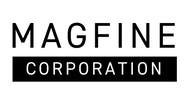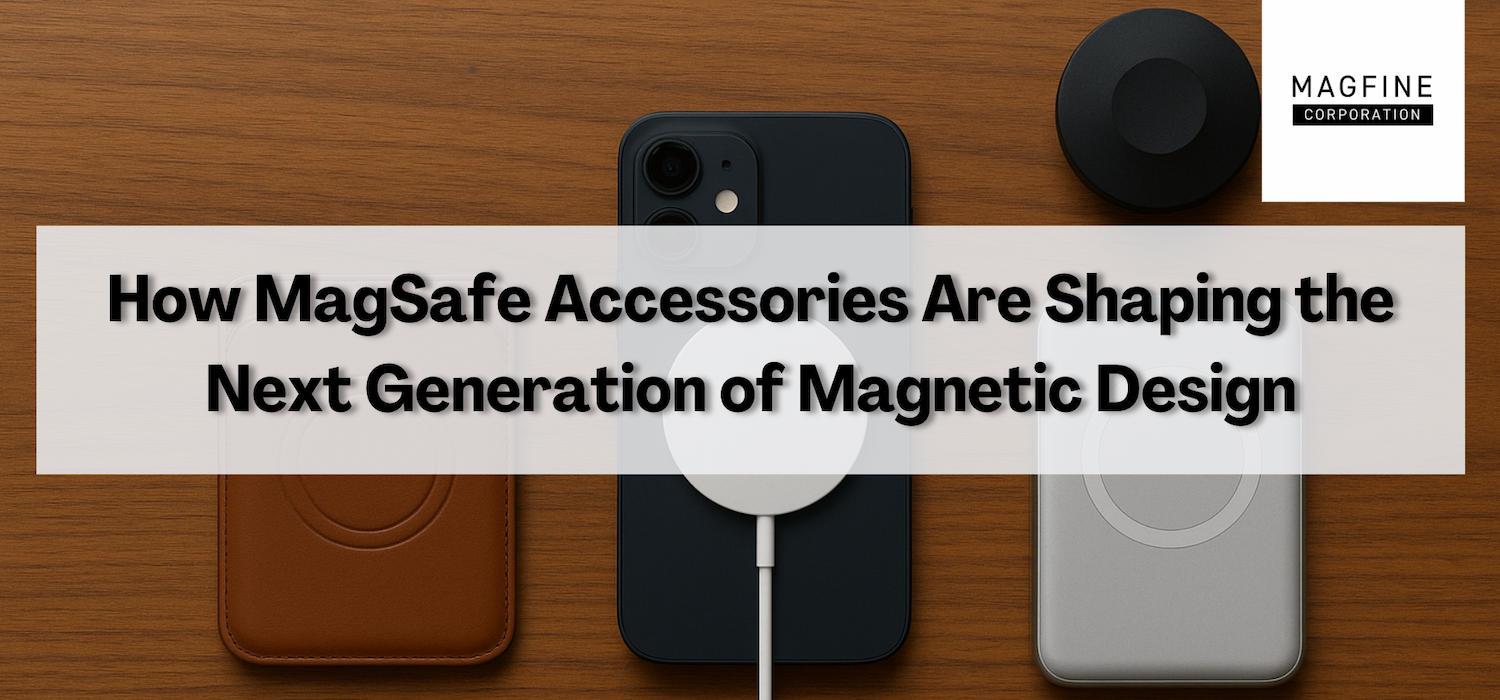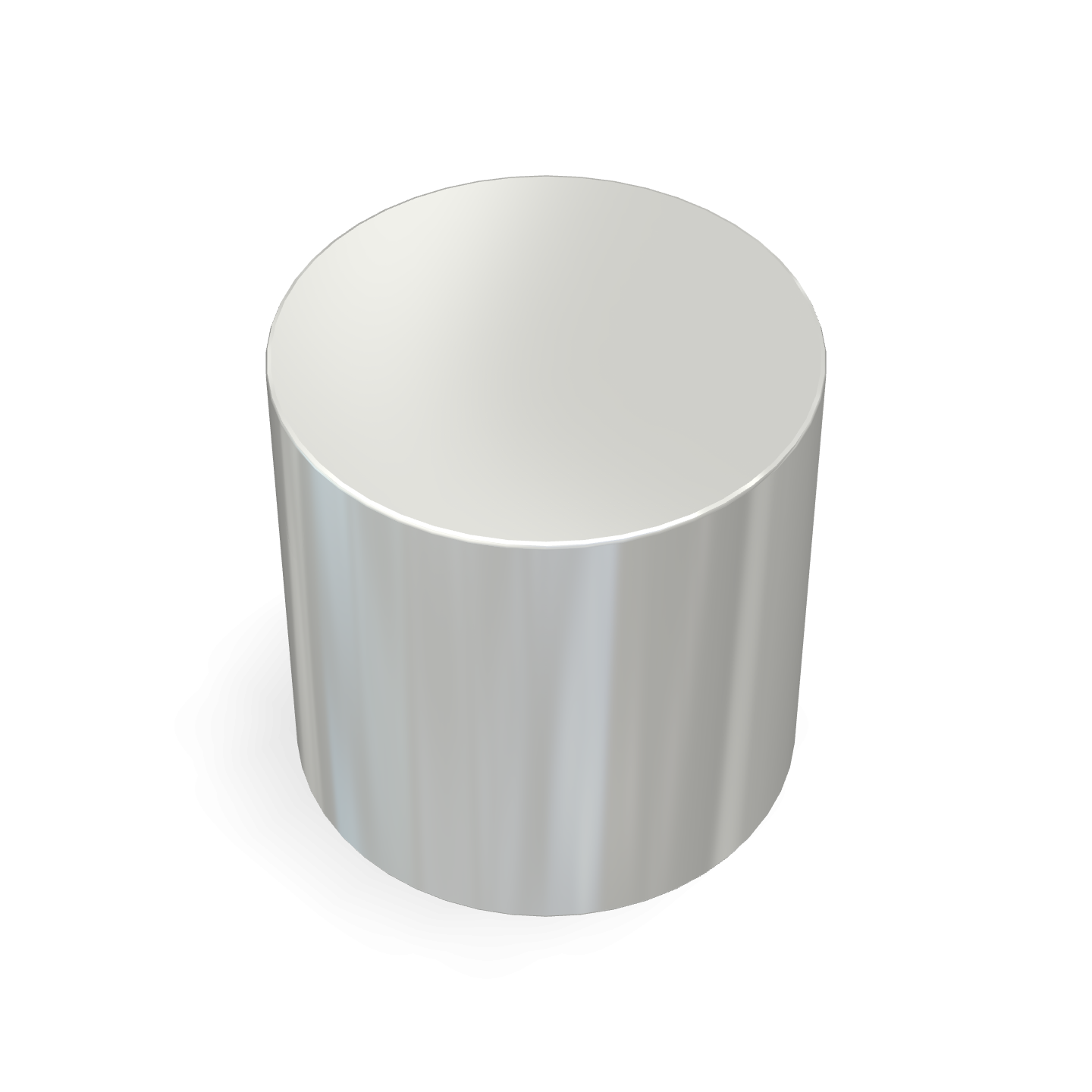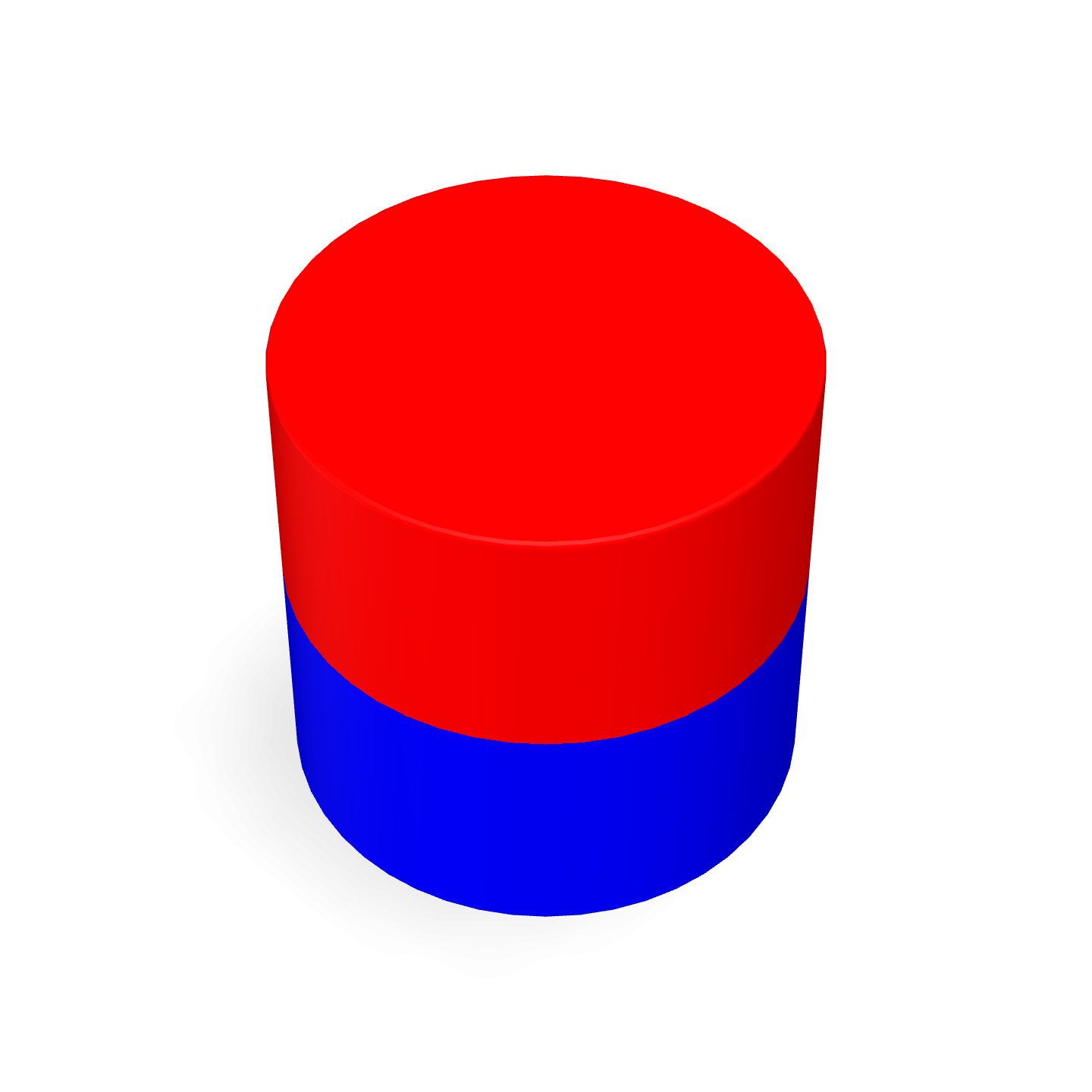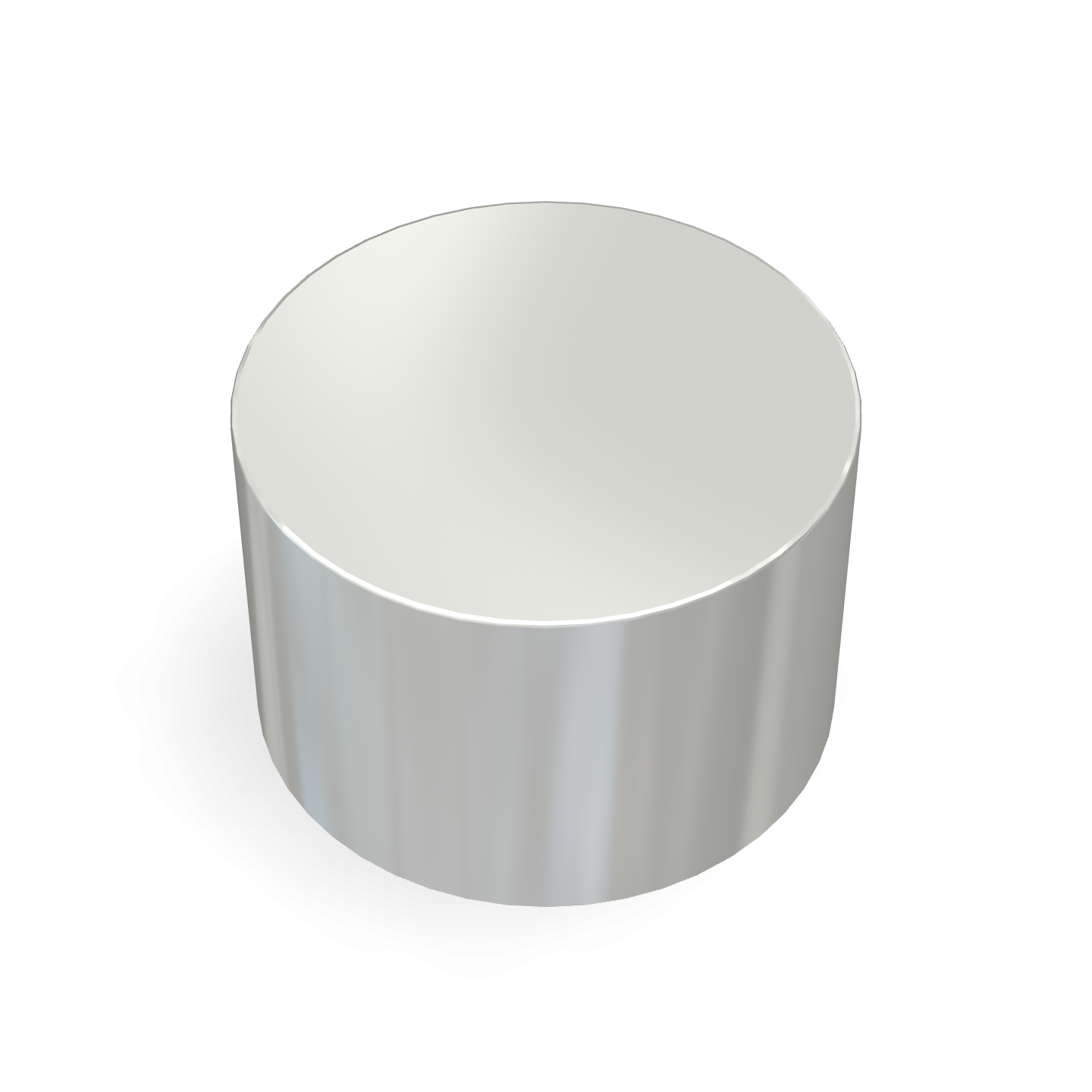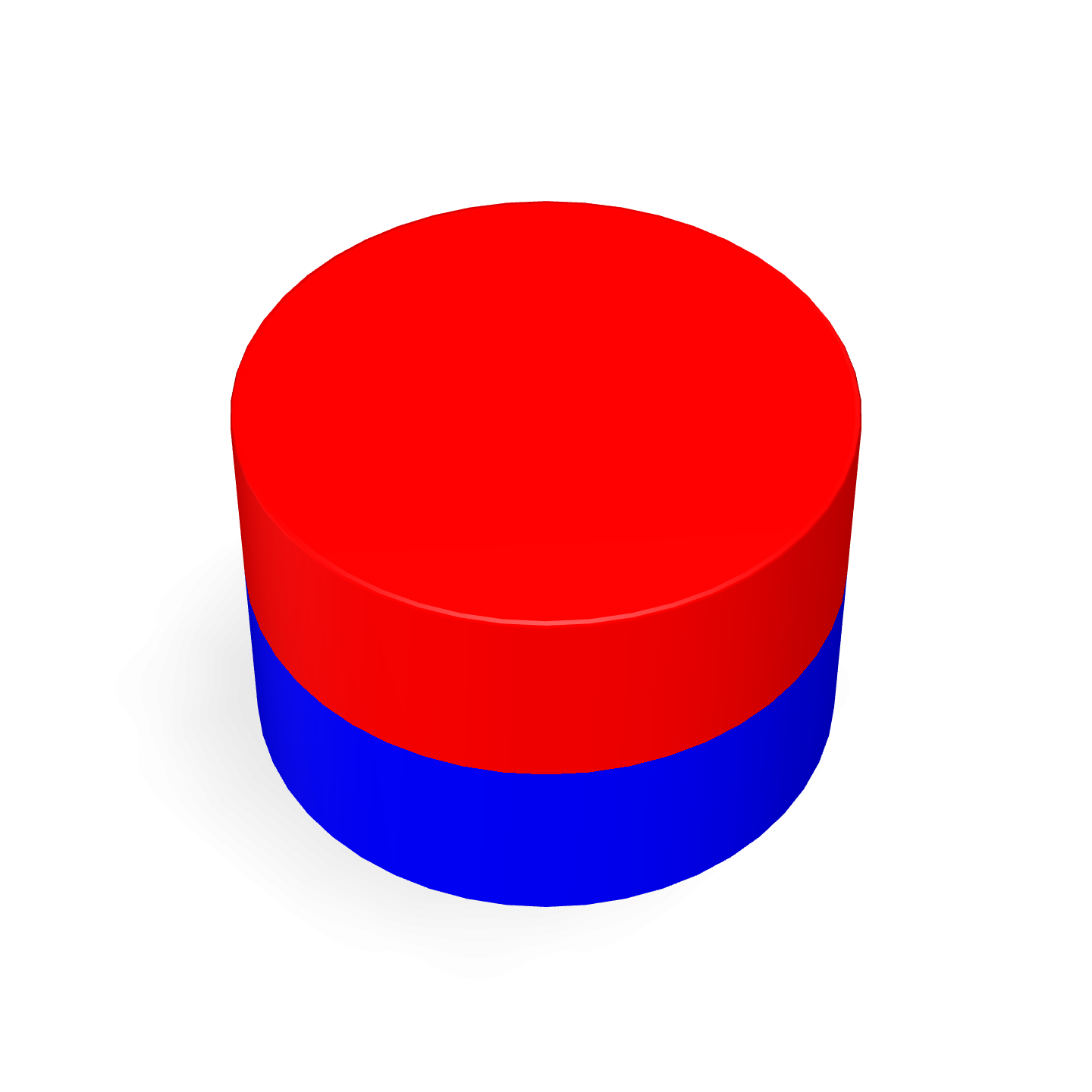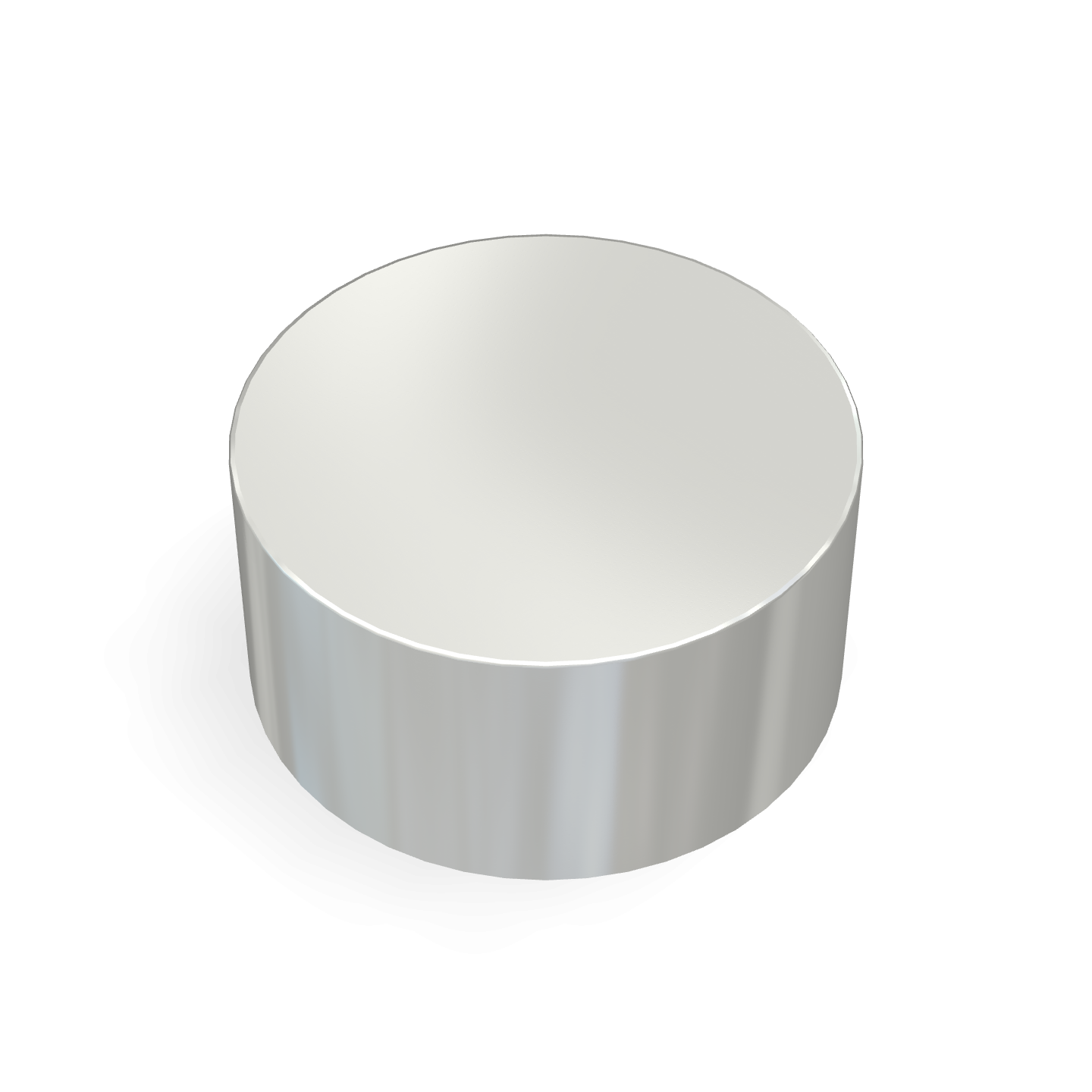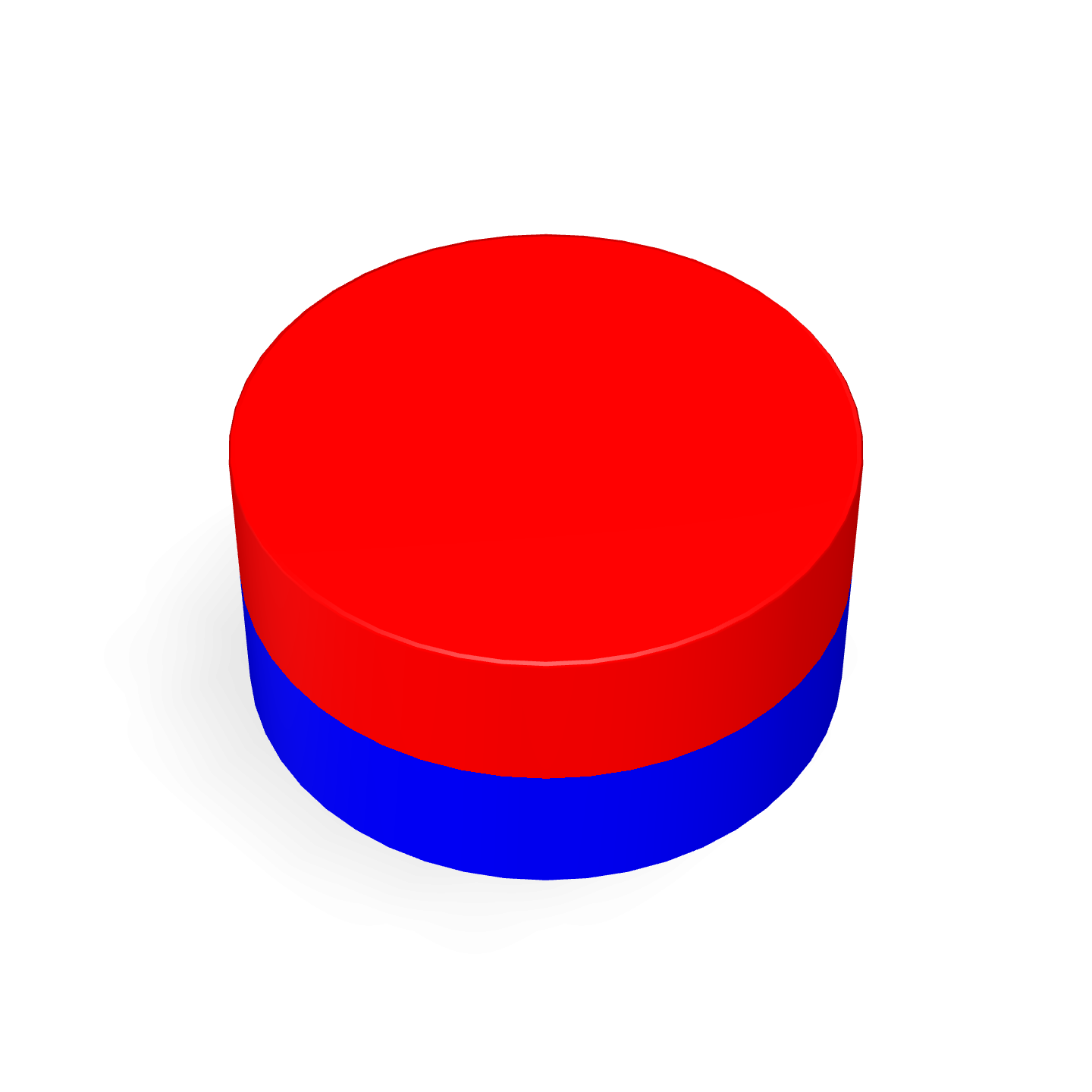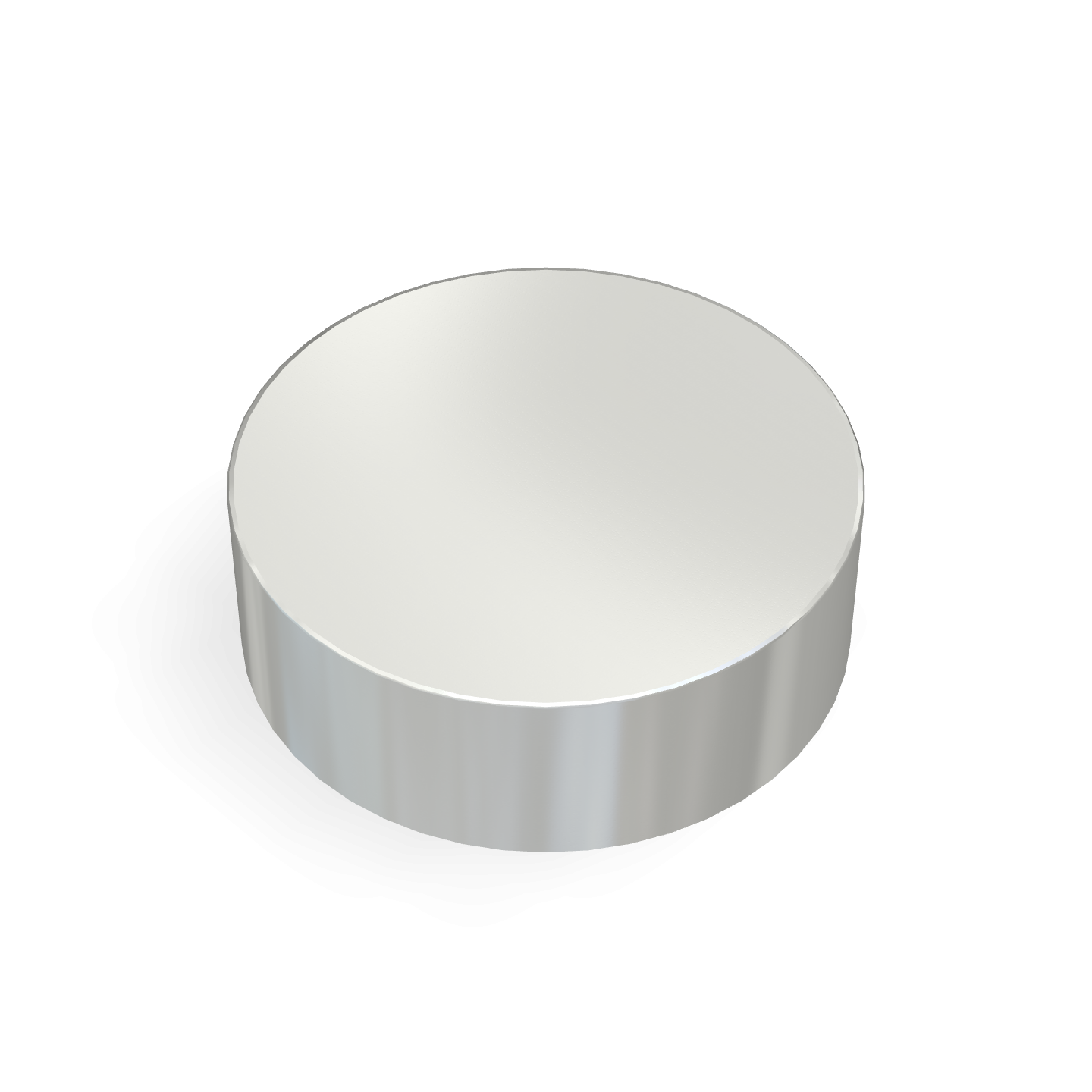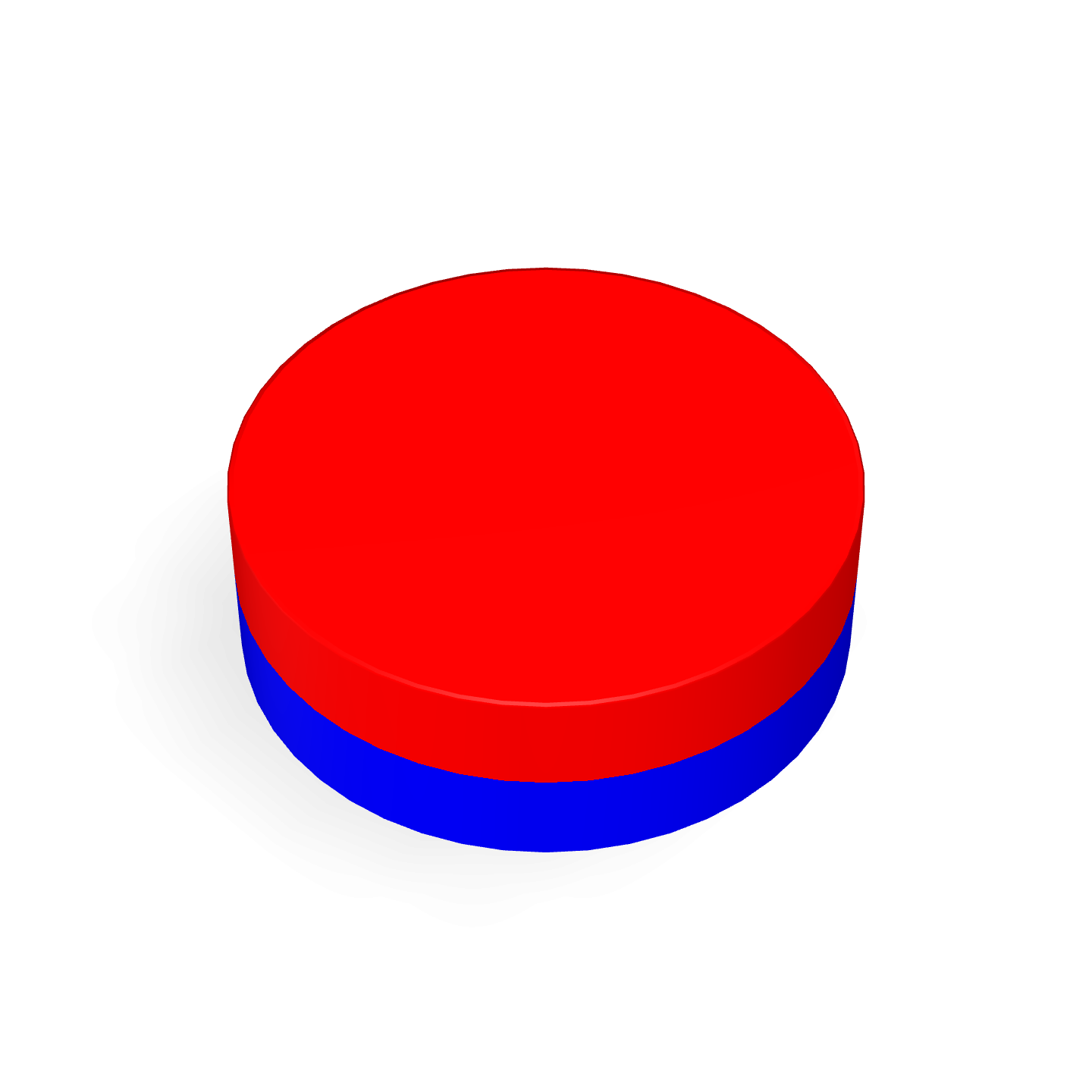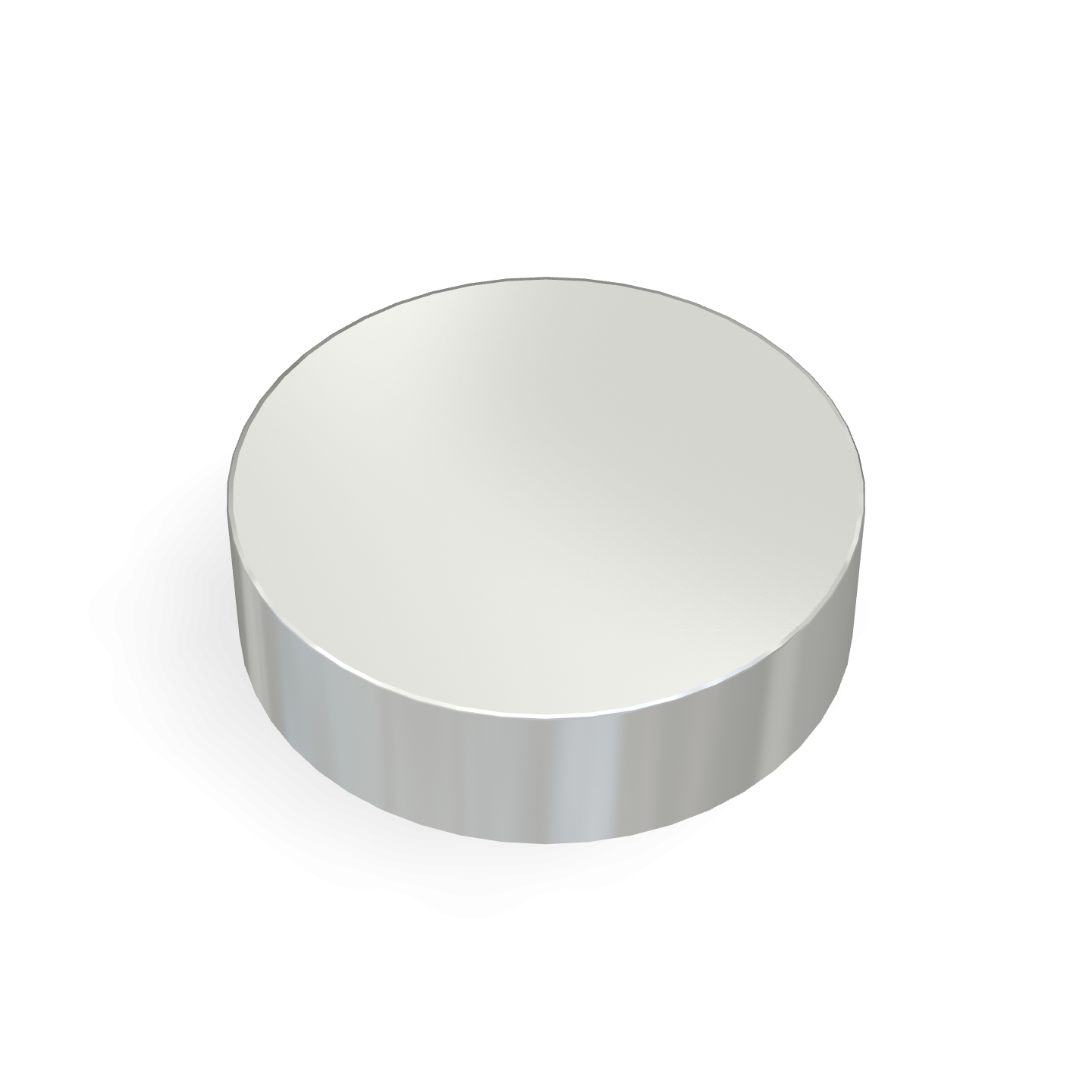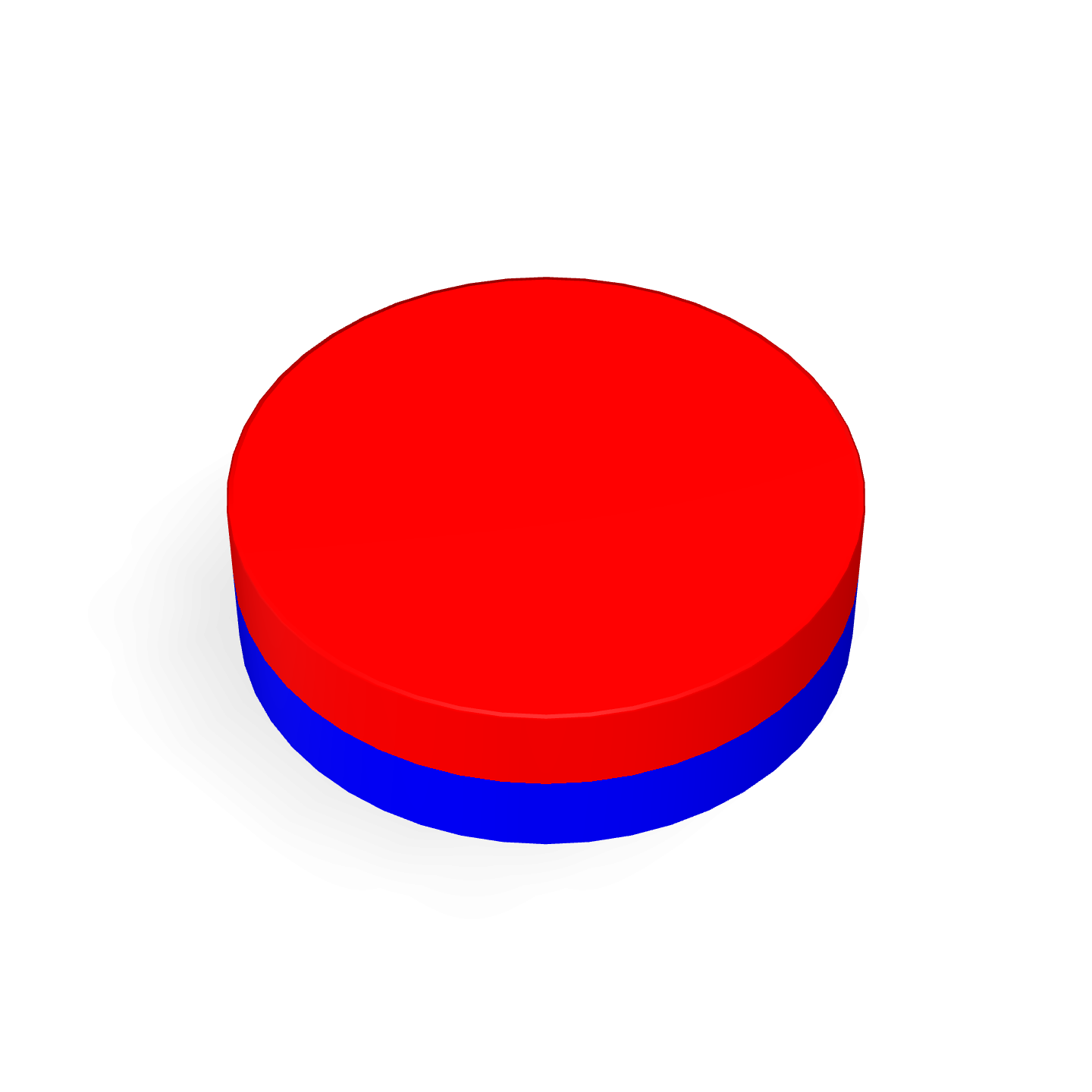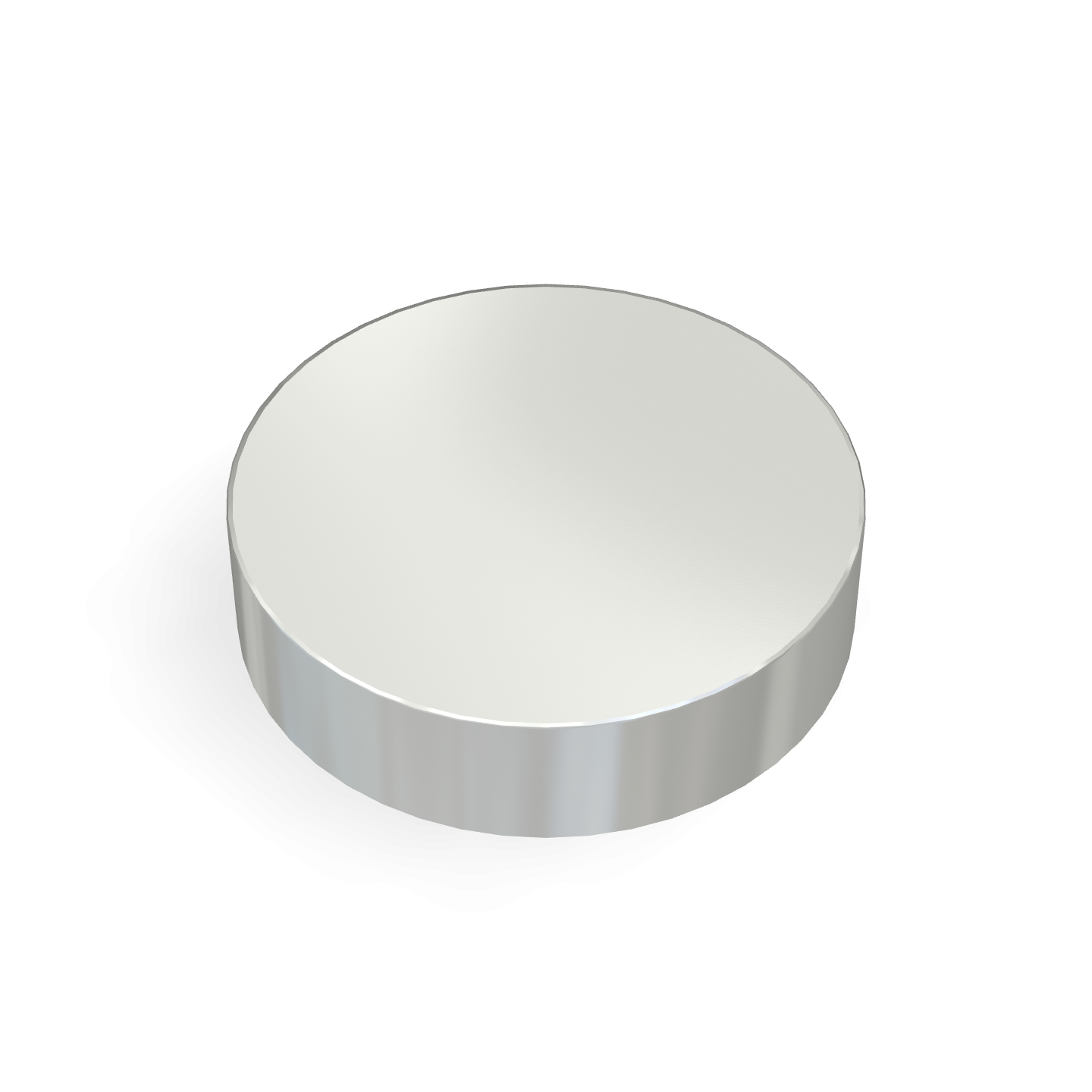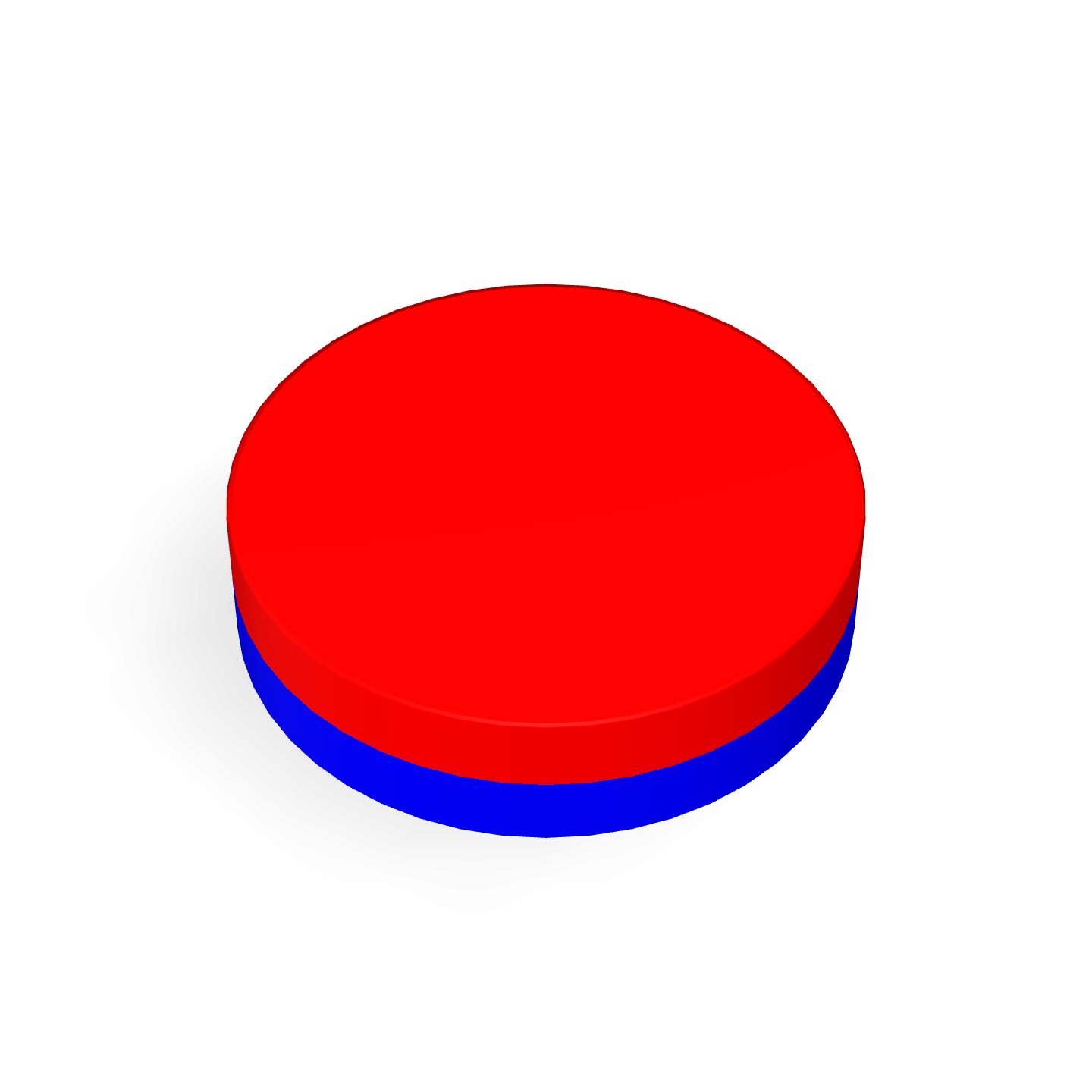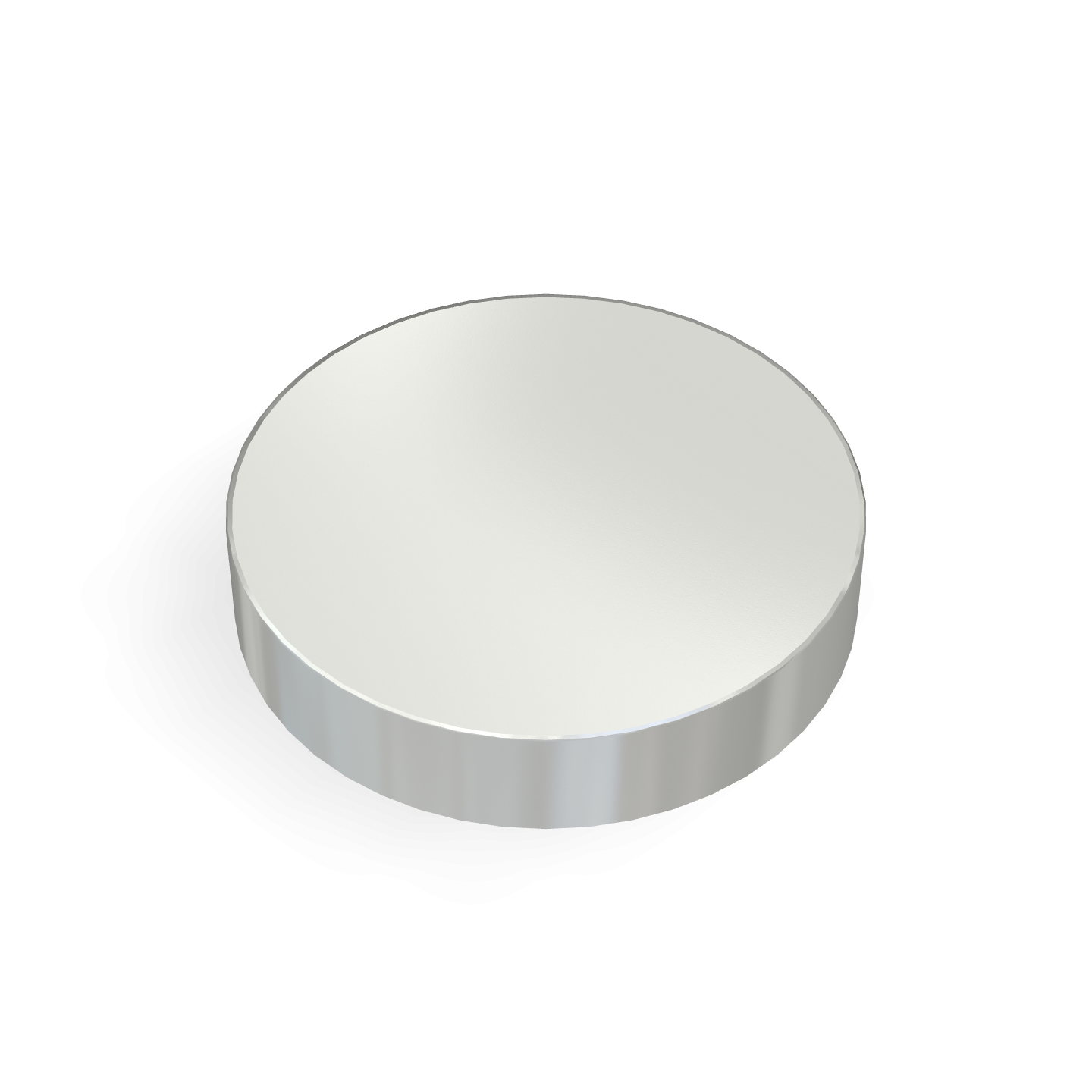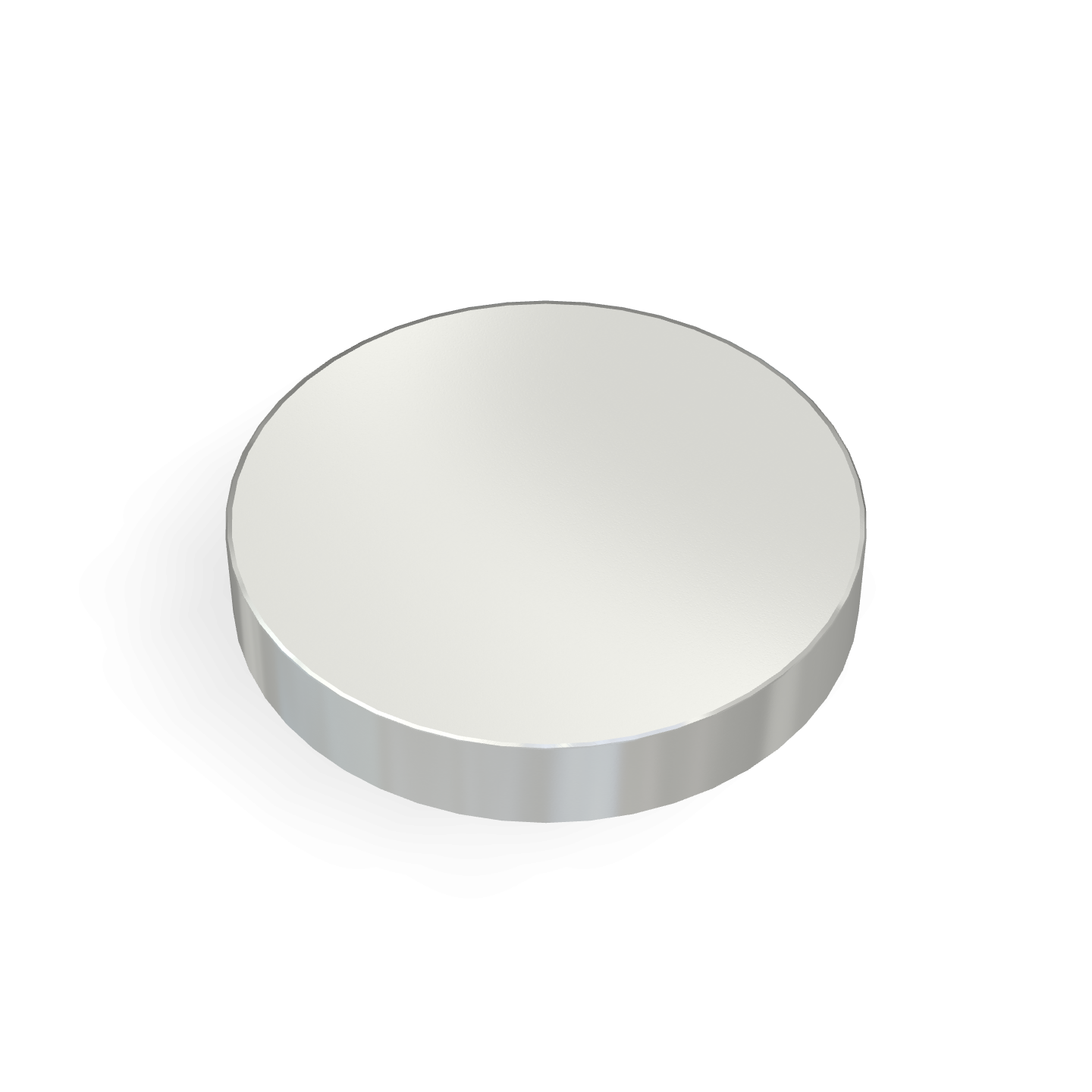How MagSafe Accessories Are Shaping the Next Generation of Magnetic Design
There’s something oddly satisfying about the “click” when a MagSafe charger snaps into place. Beneath that moment of convenience lies decades of magnetic engineering, material science, and design refinement. What started as a clever way to charge a laptop safely has now become an entire ecosystem of accessories, influencing industries far beyond smartphones.
In this article, we’ll explore how neodymium magnets make these accessories possible, why they’re so effective, and what other industries are quietly adopting similar designs. We’ll also look at how companies like Magfine.ca are helping shape the magnetic technology landscape in Canada.
What Exactly Is MagSafe?
Apple’s MagSafe system is more than a charging trick. It’s a carefully designed magnetic alignment system built around a wireless charging coil. The idea is simple: a ring of small, extremely strong magnets aligns your phone with the charger so power transfer happens efficiently. But in reality, it’s a dance between magnet geometry, polarity, and material properties.
The magnets used in these rings are almost always made from neodymium iron boron (NdFeB), a type of rare earth magnet known for its incredible strength. Without this specific material, the attachment wouldn’t feel nearly as solid — nor would it hold accessories like wallets or mounts with the same precision.
Beyond Phones: Magnetic Design Across Industries
What’s fascinating is how MagSafe-inspired systems are being replicated in other areas. The core idea — effortless magnetic connection and alignment — has countless uses. Here are some examples where the same principles apply:
- Automotive mounts: Dashboard mounts for smartphones use high-temperature-rated industrial magnets to withstand sunlight and cabin heat, ensuring the phone stays fixed even on bumpy roads.
- Medical equipment: Hospitals now use magnetic connectors for power and data to prevent accidental cable damage. If tension is applied, the connector releases safely — a life-saving design choice.
- Retail and display fixtures: Visual merchandising teams love magnets because they allow fast reconfiguration without tools. Swap signs or shelves instantly.
- Consumer electronics: Earbuds, chargers, and camera mounts use magnetic couplings for quick, foolproof attachment. A small neodymium magnet can hold several pounds of force in a coin-sized piece.
When you think about it, magnets are quietly solving design problems everywhere — creating products that are cleaner, safer, and easier to use.
The Materials That Make It Possible
Magnets may seem simple, but their performance depends entirely on what they’re made from. Here’s a quick look at the materials most commonly used in magnetic accessories and devices.
Neodymium Magnets (NdFeB)
By far the most popular choice for MagSafe systems, neodymium magnets offer unmatched strength for their size. Grades like N35, N48, and N52 define their energy density. Higher grades (like N52) provide stronger holding force but are also more sensitive to heat.
For consumer products exposed to temperature fluctuations — think wireless chargers in cars — designers prefer heat-resistant grades such as N48M or N50H. These versions maintain magnetic performance up to about 120 °C. You can find similar high-temperature options in Magfine’s magnet catalog.
Samarium Cobalt (SmCo)
While less common in consumer products, SmCo magnets are extremely stable and resist corrosion naturally. They’re used in specialized or industrial environments where heat and reliability are critical.
Ferrite Magnets
Ferrite magnets are the economical alternative — inexpensive, durable, and corrosion-proof. The trade-off is strength. They’re great for signage or whiteboard applications but can’t compete with neodymium magnets in high-performance designs.
Manufacturing: Sintered vs. Bonded
There are two primary manufacturing methods for neodymium magnets, and the choice affects everything from strength to flexibility.
Sintered magnets are made by pressing powdered material into shape and heating it below its melting point. The result is a very dense, strong magnet, though somewhat brittle. On the other hand, bonded magnets combine magnetic powder with a polymer binder. They can be made thinner, lighter, and in complex shapes — but they lose some strength.
In MagSafe-type accessories, sintered NdFeB magnets are usually preferred because they provide that sharp “snap” when connecting. Bonded versions, however, are gaining popularity in flexible or curved accessories where thickness is limited.
Shape and Field Design
Here’s where things get really interesting. The shape and magnetization pattern determine how the magnet behaves. It’s not just about strength — it’s about how that strength is directed.
Ring Magnets and Arc Segments
MagSafe accessories use a ring configuration made up of multiple small arc magnets arranged in a circle. This geometry distributes the magnetic field evenly around the wireless charging coil, ensuring precise alignment and efficient charging.
Disc and Block Magnets
For mounting accessories or modular connections, disc or block magnets are more common. They create a concentrated pull in one direction — great for attaching a phone to a mount or a camera to a rig. If you’ve ever used a magnetic tripod adapter, you’ve experienced this design in action.
Multi-Pole Magnetization
Instead of a simple north and south face, multi-pole magnetization alternates polarity around a ring. This helps the accessory self-center and prevents unwanted rotation. Precision is everything here — even a small misalignment can reduce efficiency.
At Magfine, these kinds of radial magnet assemblies are engineered with exacting tolerances, ensuring consistent performance in consumer and industrial designs alike.
Engineering Details That Matter
Building a magnetic system is like balancing a dozen variables at once. Engineers must consider alignment, coatings, temperature, and even how the magnet interacts with electronics inside the device.
Precision Alignment
To achieve the perfect “snap” fit, magnet placement must align with a tolerance of roughly ±0.1 mm. A small offset can create unwanted torque or reduce holding strength. Manufacturers often use pre-assembled magnet rings to ensure consistency.
Protective Coatings
Neodymium magnets are powerful but vulnerable to corrosion. A thin nickel-copper-nickel (Ni–Cu–Ni) coating is common, though epoxy and parylene coatings are used for extra protection. In humid or outdoor conditions, double-layer coatings are standard practice.
Mounting and Encapsulation
Magnets are rarely left exposed. They’re bonded into plastic housings or overmolded for durability. The adhesive or molding material not only protects the magnet but also improves mechanical retention.
Managing Heat
Wireless charging generates heat — both from the coil and from small eddy currents inside metal components. If the magnet gets too hot, it can lose part of its strength permanently. Using high-temp grades like N48M helps prevent this, but good ventilation and design layout are equally important.
EMI and Magnetic Shielding
Magnetic fields can interfere with sensors inside devices, such as compasses. Designers combat this by adding a steel or ferrite backplate to direct the field away from sensitive components. This also improves magnetic efficiency toward the accessory side.
Safety and Standards
Magnets are incredibly useful but must be handled responsibly. For example, strong industrial magnets can pinch skin if mishandled. In medical environments, they must be kept away from pacemakers or defibrillators. The FDA recommends at least 15 cm of separation in such cases.
Modern accessories also comply with the Qi and Qi2 wireless charging standards, which ensure safe power transfer and object detection. This prevents overheating when foreign metal objects are present between the charger and device.
Why Engineers and Designers Choose MagFine.ca
At Magfine, we’ve seen demand for custom magnet assemblies surge across multiple industries. Our customers include electronics designers, industrial manufacturers, research labs, and even creative professionals building prototypes with rare-earth magnets.
- Comprehensive inventory: We stock neodymium, ferrite, and samarium-cobalt magnets in multiple grades and coatings.
- Canadian-based support: Quick shipping and local technical assistance make sourcing magnets in Canada simpler and faster.
- Custom manufacturing: Need a specific ring magnet or temperature-resistant grade? Our engineering team can design it to your spec.
- Quality assurance: Every batch undergoes pull-force, polarity, and dimensional inspection to meet ISO standards.
Our goal is to help businesses turn design concepts into manufacturable, reliable products using high-quality magnetic components. Whether you’re prototyping a wireless charging system or building a custom fixture, we can help guide material and geometry selection from concept to production.
The Future of Magnetic Accessories
With the new Qi2 wireless charging standard now including magnetic alignment, the MagSafe concept is expanding beyond Apple devices. Android manufacturers are adopting similar ring systems, and accessory makers are embracing modular magnetic designs that make devices more adaptable.
We’re also seeing magnetic technology move into fields like robotics and electric mobility. Quick-swap battery modules, cable-free charging, and magnetic couplers are becoming mainstream. In the next decade, magnets may quietly redefine how products connect, charge, and assemble.
Final Thoughts
Magnets are often overlooked, but they’re everywhere — in your phone, your car, and even your coffee machine. They bridge the gap between mechanical engineering and user experience design. The tiny neodymium magnet inside your MagSafe charger is a perfect example of how advanced materials can simplify technology.
At Magfine, we believe that innovation starts with the right components. From temperature-resistant magnets to precision magnetic rings and assemblies, our team continues to support Canadian businesses pushing the boundaries of what magnets can do.
Frequently Asked Questions
- Q1: What kind of magnets are used in MagSafe accessories?
- A: Typically, high-grade neodymium magnets like N48 or N52 arranged in a circular pattern. The magnetic field helps align and hold the device for wireless charging.
- Q2: Why are neodymium magnets so powerful?
- A: They’re made from a rare-earth alloy (NdFeB) with a unique crystal structure that allows an extremely high magnetic energy density compared to ferrite or AlNiCo magnets.
- Q3: Can magnets interfere with phone sensors?
- A: In theory, yes, but modern designs include steel or ferrite shields that redirect the field away from compasses and accelerometers.
- Q4: Are these magnets safe for daily use?
- A: Yes. When encapsulated and properly designed, they pose no risk. People with medical implants should still keep magnetic accessories at a safe distance.
- Q5: Where can I find reliable industrial magnets in Canada?
- A: Visit Magfine.ca. We supply neodymium, ferrite, and SmCo magnets for both consumer and industrial use, with local expertise and fast Canadian delivery.
